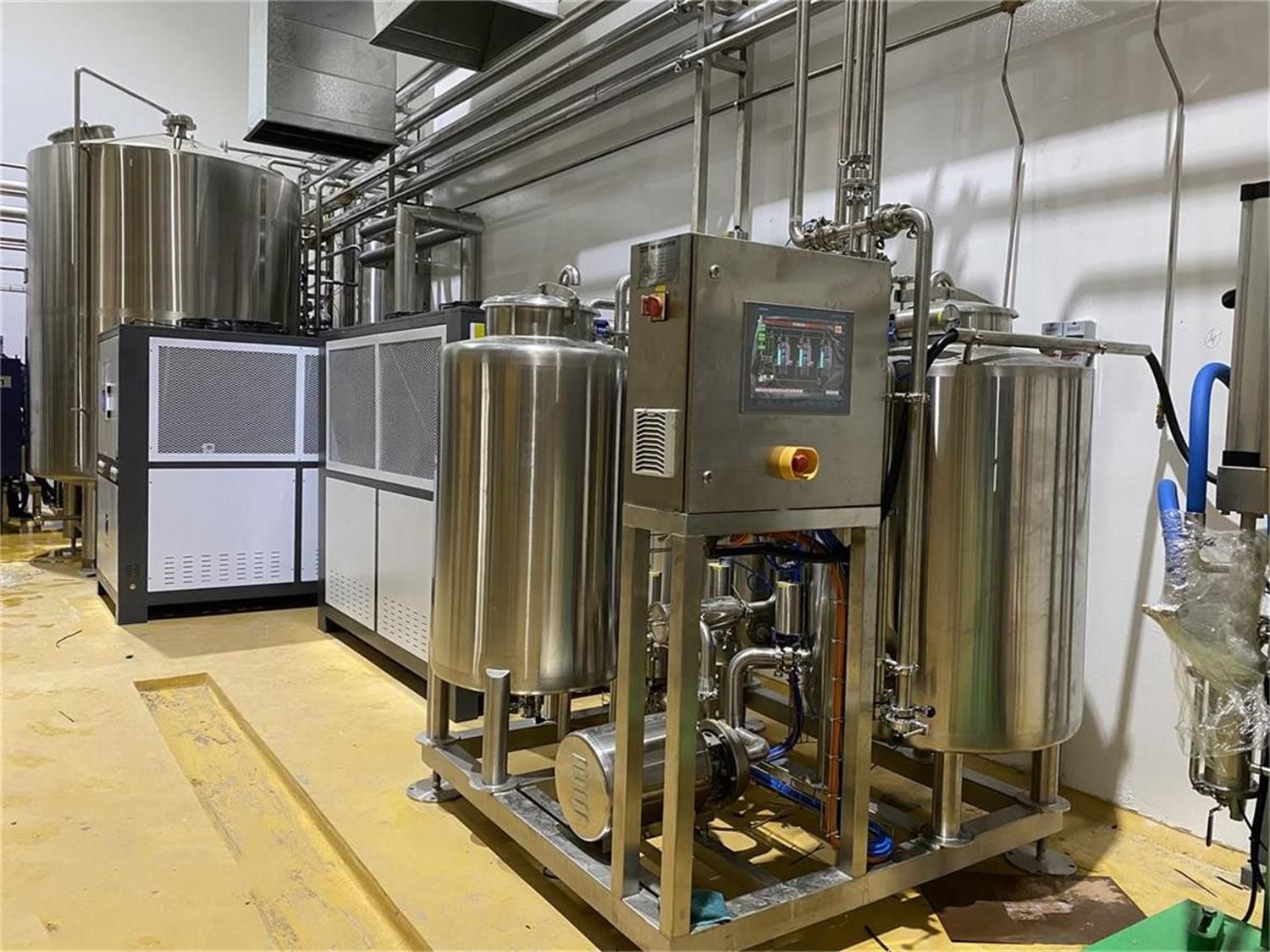starting a craft brewery
Research the Craft Brewery Market and Business Plan
Before you start brewing, you need to understand the market. Craft beer isn’t just a drink; it’s a culture. People are passionate about their IPAs, stouts, and lagers, and they’re always on the lookout for something new and exciting. But with over 9,000 craft breweries in the U.S. alone, competition is fierce. So, how do you stand out?
Start by researching the craft beer industry. Look at trends—what’s hot right now? Hazy IPAs? Sour beers? Low-alcohol options? Understanding what consumers want will help you carve out your niche. Also, study your competitors. What are they doing well? Where are they falling short? This will give you insights into how you can differentiate your brewery.
Once you’ve done your market research, it’s time to create a solid business plan. Think of your business plan as the blueprint for your brewery. It should outline your goals, budget, revenue forecasts, and marketing strategy. A well-thought-out plan will not only guide you but also help you secure funding from investors or banks.
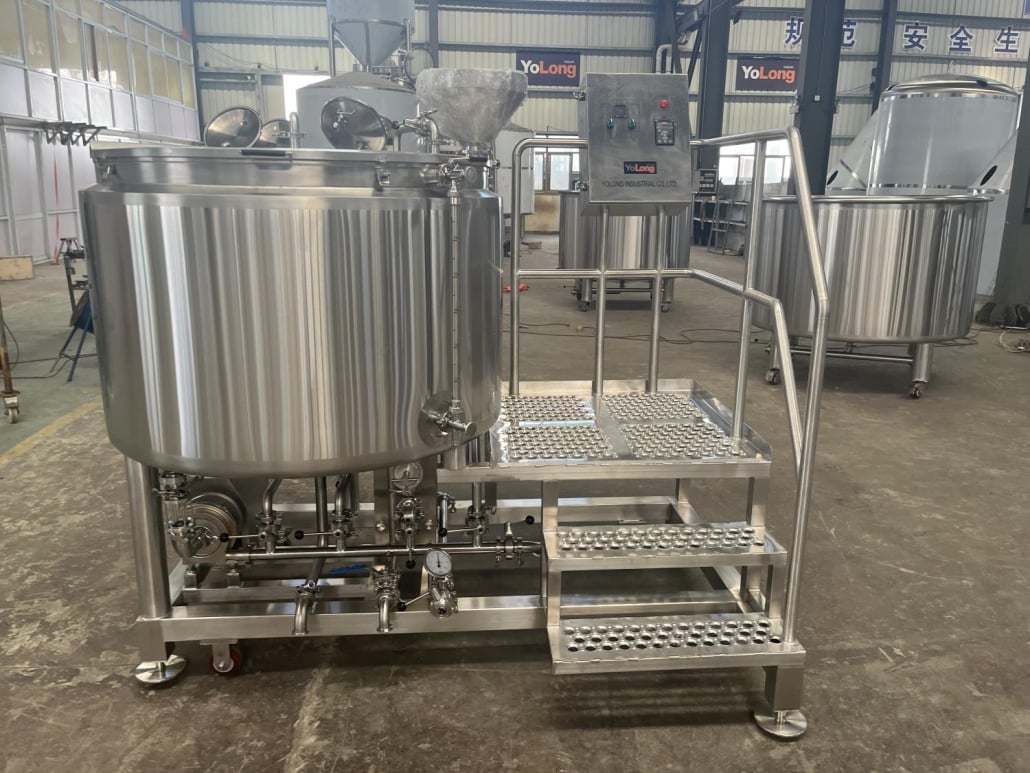
Analyze the Target Market of Craft Brewery
Who’s going to drink your beer? That’s the million-dollar question. Your target market will influence everything from the types of beer you brew to your branding and marketing efforts. Craft beer drinkers are a diverse bunch, but they tend to share some common traits. They’re often millennials or Gen Zers, they value quality over quantity, and they’re willing to pay a premium for unique, locally-made products.
But don’t stop there. Dive deeper into your local market. Are there enough beer enthusiasts in your area to support your brewery? What’s the demographic makeup of your community? Are there any gaps in the market that you can fill? For example, if your town is flooded with IPAs but lacks a good stout, that could be your opportunity.
Understanding your target market will also help you decide on your brewery’s vibe. Will it be a cozy neighborhood pub, a trendy taproom, or a family-friendly brewpub? Your target audience will dictate the atmosphere you create.
Develop a Craft Brewery Business Plan: Budget, Revenue Forecast, Marketing Strategy
Alright, let’s talk numbers. Starting a craft brewery isn’t cheap. You’ll need to budget for equipment, ingredients, licenses, marketing, and more. A typical small brewery can cost anywhere from $250,000 to $1 million to get off the ground. Yep, it’s a big investment, but with the right plan, it can pay off.
Your budget should include both startup costs and ongoing expenses. Startup costs might include brewing equipment, lease deposits, and initial ingredient purchases. Ongoing expenses will include things like rent, utilities, salaries, and marketing.
Next, create a revenue forecast. How much beer do you plan to sell? What will your profit margins look like? Be realistic here. It’s better to underestimate your sales and overestimate your expenses than the other way around.
Finally, don’t forget about marketing. In the craft beer world, branding is everything. Your marketing strategy should include everything from social media campaigns to events and collaborations with local businesses. The goal is to create a buzz around your brewery and build a loyal customer base.

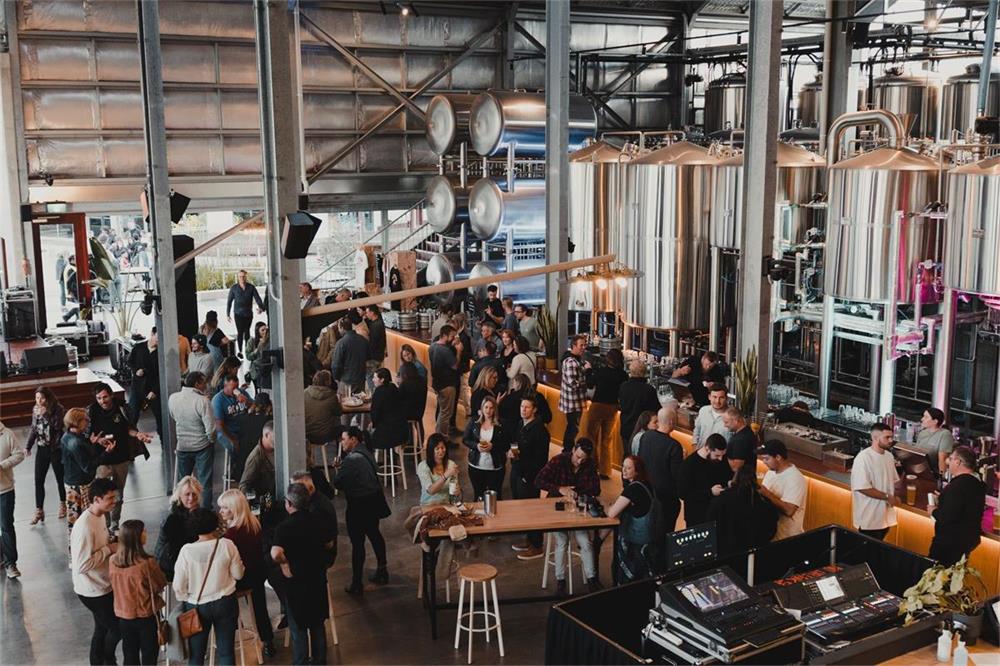
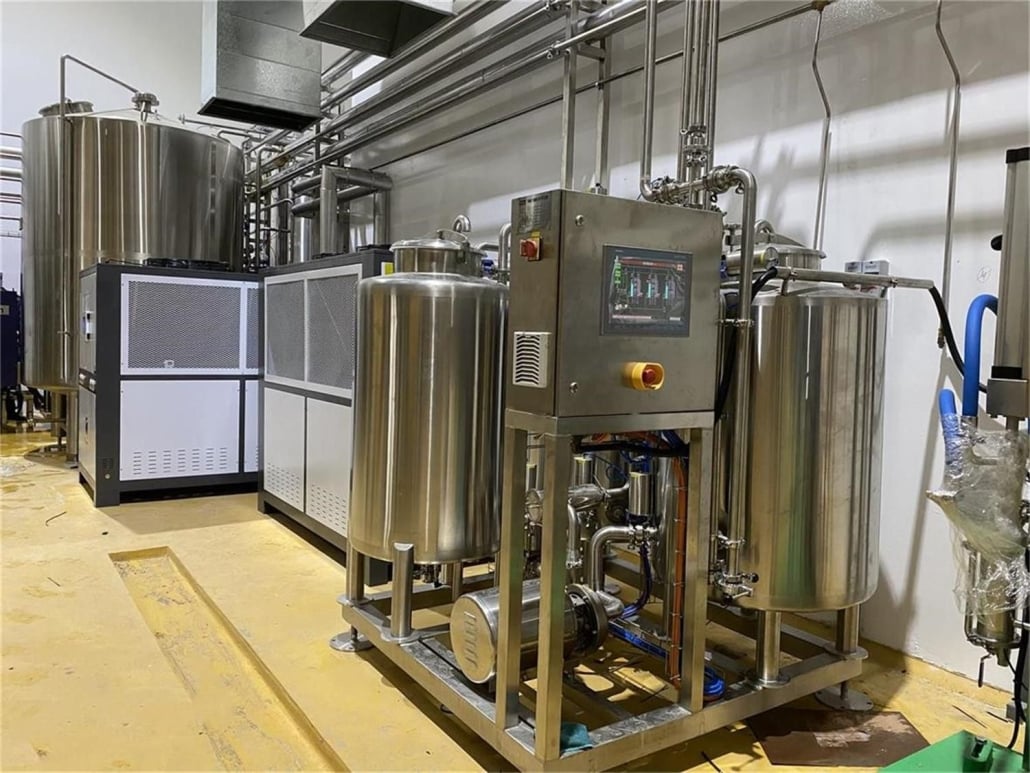
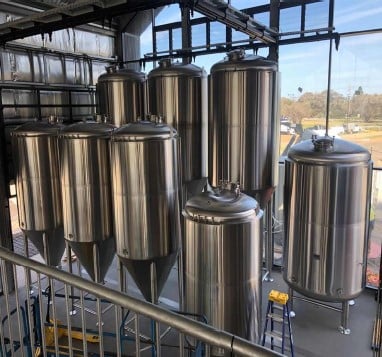
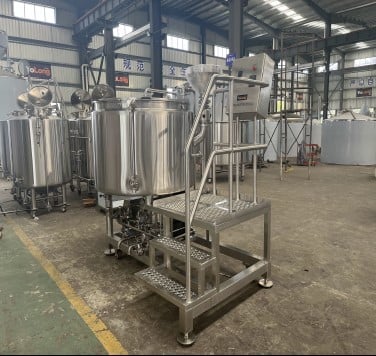
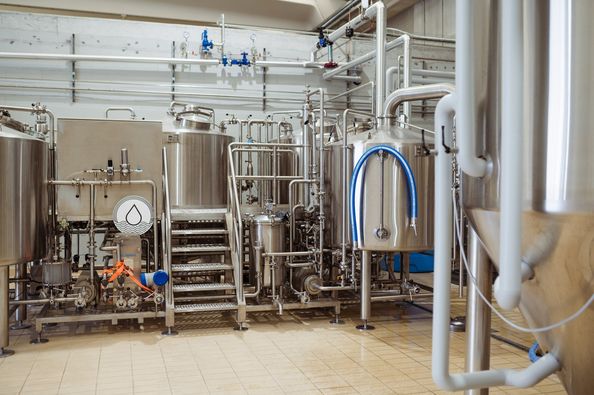
Legal Documents Required by Craft Breweries
| Document | Purpose |
|---|---|
| Brewer’s Notice | Required by the Alcohol and Tobacco Tax and Trade Bureau (TTB) in the U.S. |
| State Liquor License | Allows you to sell alcohol in your state |
| Local Business License | Permits you to operate a business in your city or county |
| Health Department Permit | Ensures your brewery meets health and safety standards |
| Zoning Permit | Confirms your location is zoned for a brewery |
| Federal Employer ID Number | Required for tax purposes |
Different Regulations in Different Regions of Craft Breweries
| Region | Regulatory Body | Key Requirements |
|---|---|---|
| United States | TTB, State Liquor Boards | Brewer’s Notice, state-specific licensing, labeling approval |
| European Union | Local Alcohol Authorities | Compliance with EU alcohol laws, health and safety standards, local licensing |
| Canada | Canadian Food Inspection | Federal and provincial licensing, labeling requirements |
| Australia | State Liquor Authorities | State-specific licensing, health and safety compliance |
Equipment Selection and Site Selection for Craft Breweries
Choosing the right equipment is crucial to your brewery’s success. You’ll need a brewhouse, fermenters, kegs, and more. But don’t just go for the cheapest option. Quality equipment will save you time and money in the long run. Consider the size of your operation—are you starting small with plans to expand, or are you going big from the get-go?
Site selection is equally important. Your brewery’s location can make or break your business. Look for a space that’s accessible, has enough room for your equipment, and fits your brand’s vibe. Proximity to other breweries can be a double-edged sword. On one hand, it can create a beer destination that draws in more customers. On the other hand, it means more competition.
Production and Supply Chain of Craft Breweries
Once you’ve got your equipment and location sorted, it’s time to think about production. How much beer can you realistically produce? What’s your brewing schedule? Consistency is key here. Your customers will expect the same great taste every time they buy your beer.
Your supply chain is another critical factor. Where will you source your ingredients? Building relationships with local farmers can be a great way to get high-quality hops, barley, and other ingredients. It also adds a local touch to your brand, which can be a big selling point.
Marketing and Brand Promotion of Craft Breweries
In the craft beer world, your brand is everything. It’s not just about the beer; it’s about the story behind it. Why did you start this brewery? What makes your beer unique? Your brand should reflect your passion and personality.
Social media is a powerful tool for promoting your brewery. Use it to share behind-the-scenes content, announce new releases, and engage with your customers. Hosting events like beer tastings, brewery tours, and collaborations with local businesses can also help build your brand and attract new customers.
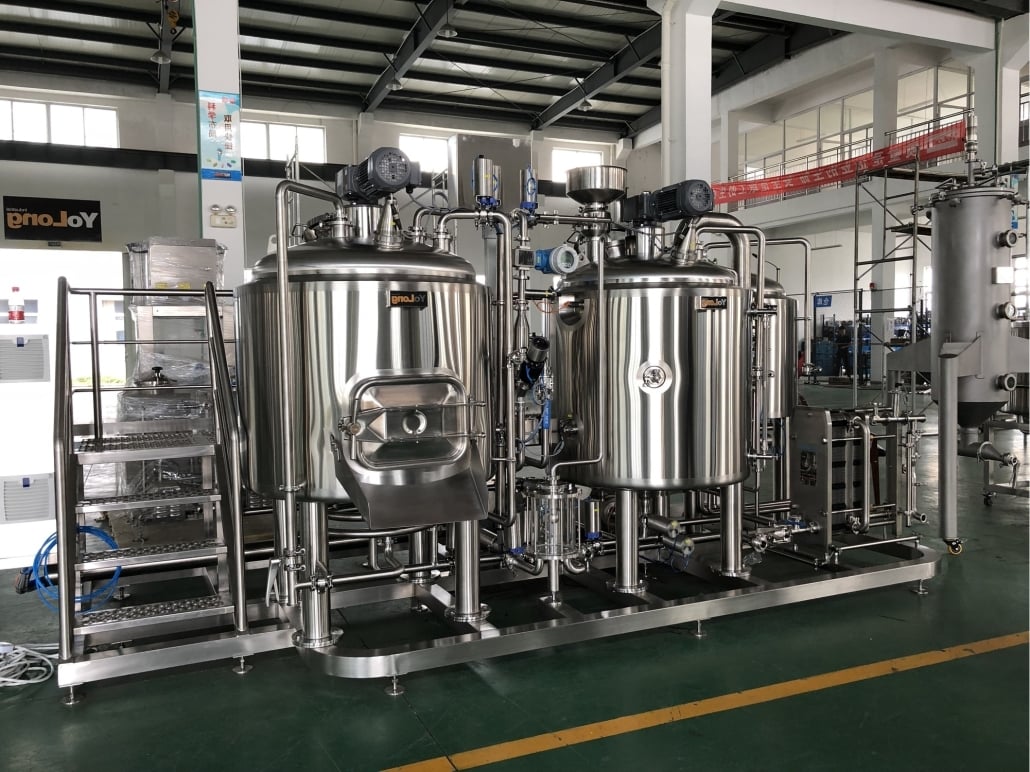
How to Control Costs: Hidden Costs in Craft Breweries
| Cost Category | Hidden Costs |
|---|---|
| Equipment Maintenance | Regular cleaning, repairs, and replacement parts |
| Utilities | High water and electricity usage |
| Packaging | Cost of cans, bottles, labels, and packaging materials |
| Marketing | Social media ads, events, and promotional materials |
| Labor | Overtime, training, and employee benefits |
FAQ
| Question | Answer |
|---|---|
| How much does it cost to start a brewery? | Typically between $250,000 and $1 million, depending on size and location. |
| What licenses do I need? | Brewer’s Notice, state liquor license, local business license, and more. |
| How long does it take to open a brewery? | Usually 1-2 years, including planning, licensing, and construction. |
| Can I start a brewery at home? | Homebrewing is legal, but selling beer requires commercial licensing. |
| How do I market my brewery? | Use social media, host events, and collaborate with local businesses. |
Share this entry
Interested in learning more about Brewing Systems including additional details and pricing information? Please use the form below to contact us!
YOLONG BREWERY EQUIPMENT FAQS
- Commercial Brewery / Craft Brewery / Microbrewery / Nanobrewery
- What is The Difference Between Craft Beer and Industrial Beer?
- The Bespoke Differences In Custom Brewing Systems
- Everything You Need to Know About Kettle Souring
- How to Choose Brewing Equipment for Your business?
- How To Choose The-Best Partner To Build Your Commercial Microbrewing System?
- Two Detection Sensors That You Need To Use In Your Brewhouse System
- Remote Control Applications in Brewing Equipment/How does it work?
- How To Clean Your Brand New Brewery Tanks?

